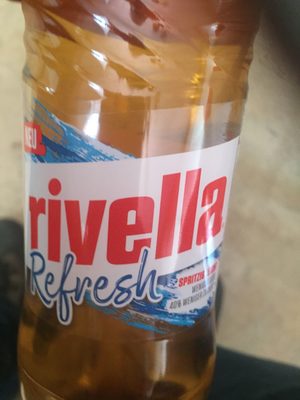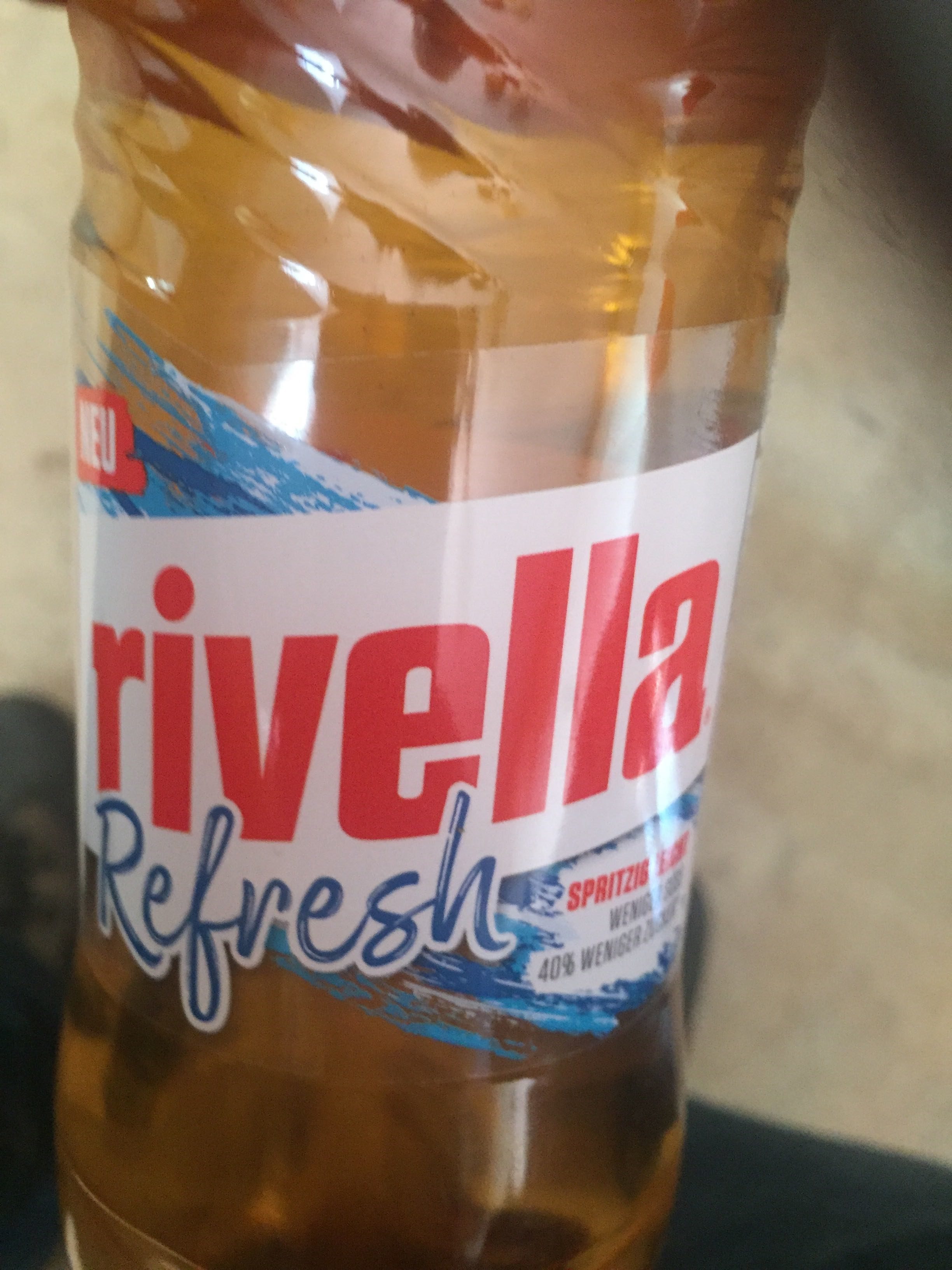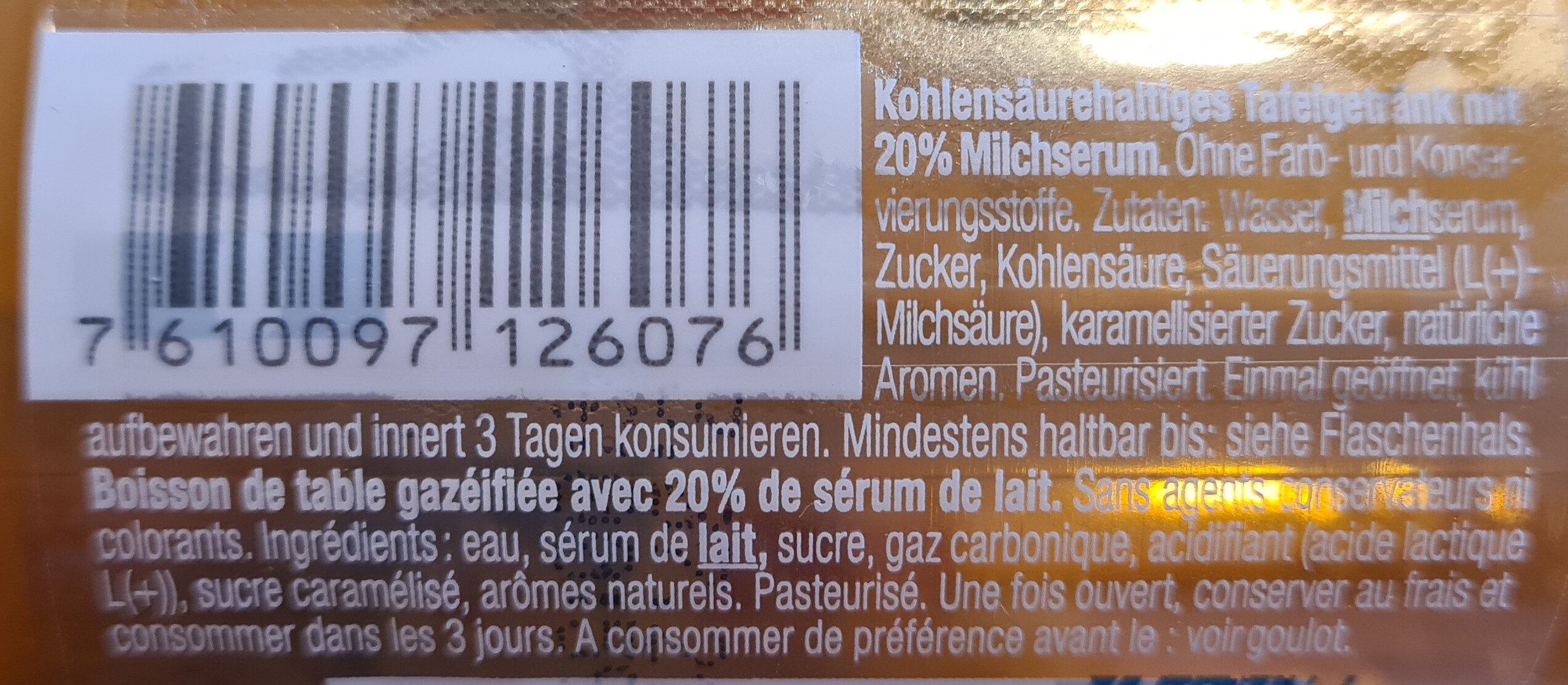Novella Refresh - Rivella - 500ml
This product page is not complete. You can help to complete it by editing it and adding more data from the photos we have, or by taking more photos using the app for Android or iPhone/iPad. Thank you!
×
Barcode: 7610097126076 (EAN / EAN-13)
Quantity: 500ml
Packaging: Bottle
Brands: Rivella
Categories: Beverages and beverages preparations, Beverages, Carbonated drinks, Sodas, Sweetened beverages
Labels, certifications, awards: No artificial flavors, No artificial sweeteners, Made in Swiss, No artificial flavourings or sweeteners, No colorings
Manufacturing or processing places: Rothrist
Countries where sold: France, Germany, Switzerland
Matching with your preferences
Environment
Packaging
Transportation
Report a problem
Data sources
Product added on by kiliweb
Last edit of product page on by mantao-schwab.
Product page also edited by bartolomeu, date-limite-app, dominiquefarine, immu, openfoodfacts-contributors, packbot, prepperapp, roboto-app, thba, yuka.R0swNUliVU1qS0JXbU1Nenp4RForZTljNEsrd0JVQ2RGZUVzSVE9PQ, yuka.SHFFdUc3MGdsOElUZ2M5dXdBcUp3UDF3bDVPV1IwVzJOOHhPSUE9PQ, yuka.UTR3K0FyZ3pyY0FQZ3ZFKzVVenB5dEZWeTYvMlVVeXBDdElmSVE9PQ, yuka.Vi8wOE9Za0tpY3Nibi9RenhUT0sxdTFONnJhUlYyVHFGZkFhSVE9PQ.








